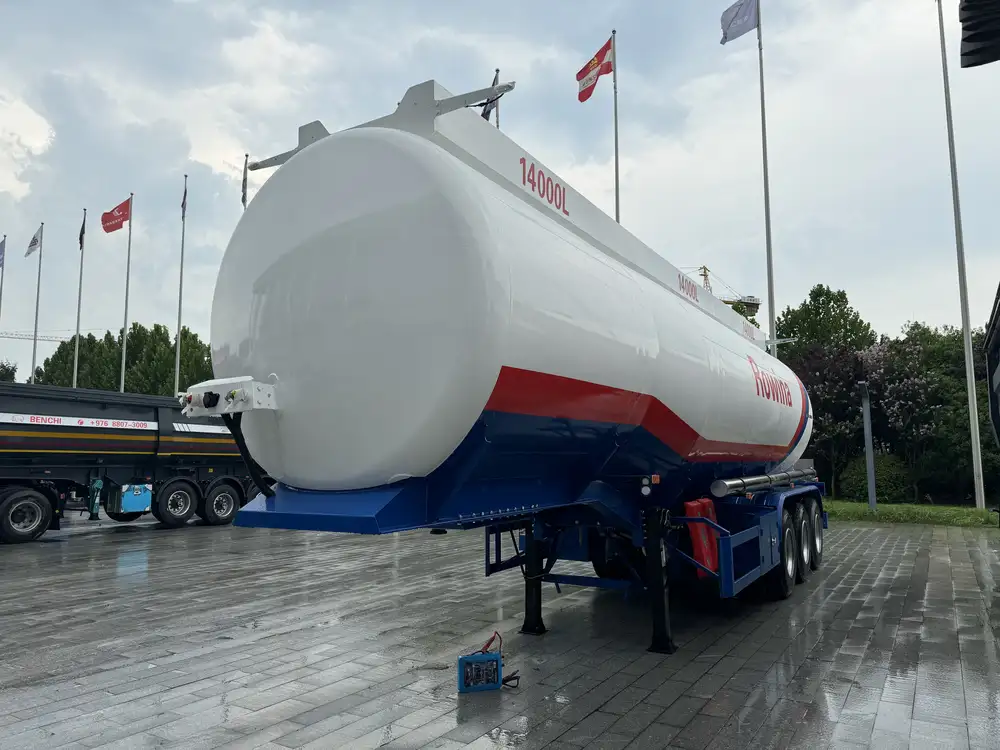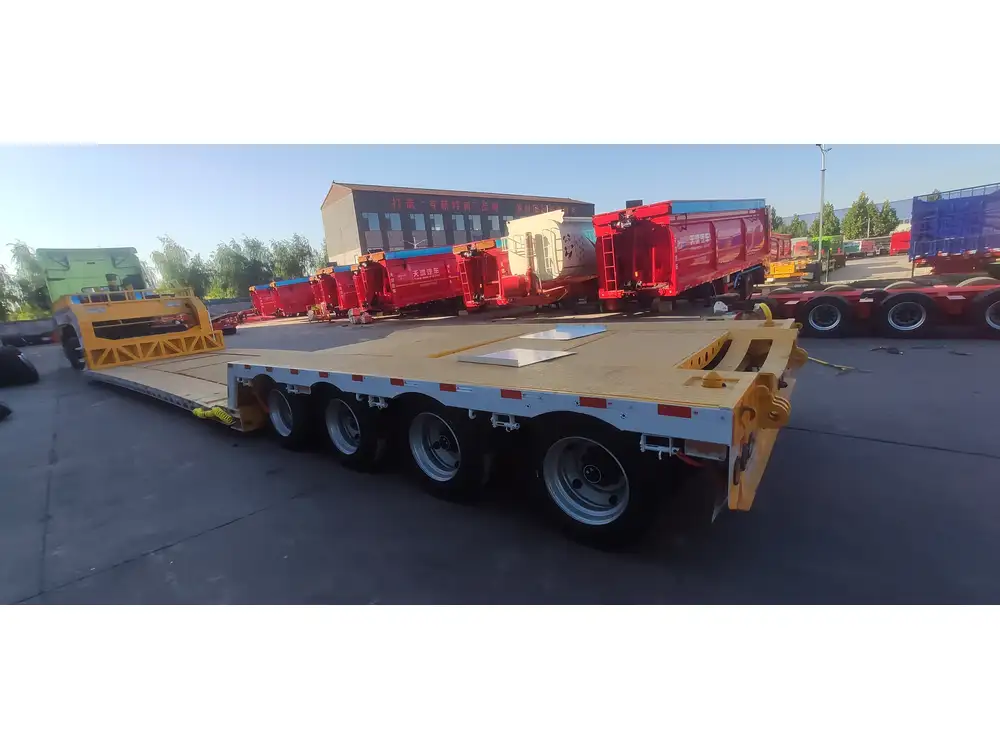When it comes to the logistics and transportation industry in Australia, understanding the carrying capacity of semi-trailers is critical for efficiency and compliance with local regulations. This article aims to delve into the complexities around semi-trailer capacities, offering you a comprehensive understanding from legal limits to practical applications.
What Determines Semi-Trailer Carrying Capacity?
To ascertain how much a semi-trailer can carry, several factors need to be elaborated upon:
1. Legal Weight Limits
In Australia, semi-trailers are defined as heavy vehicles that can legally carry varying weight depending on multiple factors, including:
- Configuration: This refers to the combination of the vehicle and trailer units. Notable configurations include prime mover and semi-trailer combinations, which generally have a higher capacity than rigid body trucks.
- Region: Each state or territory may have its specific regulations concerning weight limits. The National Heavy Vehicle Regulator (NHVR) outlines these in their guidelines.

Legal Weight Limits Overview
| Type of Vehicle | Gross Vehicle Mass (GVM) | Maximum Trailer Load |
|---|---|---|
| Single Semi-Trailer | Up to 42.5 tonnes | 31.5 tonnes |
| B-Double Configuration | Up to 68.0 tonnes | 57.5 tonnes |
2. Vehicle Specifications
Beyond legal limits, the specific design features of a semi-trailer also play a crucial role:
- Axle Configuration: The arrangement of axles affects not only stability but also load distribution. Common configurations might include single, tandem, or tri-axle setups.
- Frame and Materials: A robust frame constructed from high-strength materials can endure heavier loads while minimizing the risk of structural failure.
Axle Configuration Effects on Capacity
| Axle Configuration | Typical Load Capacity |
|---|---|
| Single Axle | 6-10 tonnes |
| Tandem Axle | 12-17 tonnes |
| Tri-Axle | 20-25 tonnes |

3. Load Distribution and Weight Management
Understanding how weight is distributed across the trailer is essential. Inappropriate loading can not only lead to inefficient transportation but also safety risks.
Characteristics of Load Management
- Centre of Gravity: The placement of cargo should maintain a low centre of gravity to increase stability during transit.
- Axle Loading: Ensuring that the load is evenly distributed across axles helps in complying with legal limits and prolongs the vehicle’s lifespan.
4. Cargo Type
The kind of cargo being transported can significantly influence the effective capacity of a semi-trailer.

Common Cargo Types and Their Implications
| Cargo Type | Typical Density (kg/m³) | Impact on Capacity |
|---|---|---|
| General Freight | 120 – 800 | Varies with item size |
| Bulk Liquids | 1000 – 1100 | Heavy and requires careful loading |
| Containerised Goods | 800 – 1600 | Weight concentrated at specific points |
Practical Applications for Operators
Understanding the legal limits and capacity calculations has practical implications for semi-trailer operators in Australia, including:
1. Optimizing Load Capacity
Optimizing the load not only ensures compliance but maximizes profitability. Striking a balance between weight, volume, and type of cargo can lead to better utilization of your fleet.

2. Safety and Compliance Audits
Regular audits can help in maintaining safety compliance. This reinforces the importance of knowing load limits, conducting regular vehicle maintenance, and ensuring proper training for drivers.
3. Seasonal and Environmental Considerations
- Road Conditions: Awareness of seasonal weather patterns can drastically affect load limits, especially during heavy rains or flooding in certain regions.
- Routes: Different routes may have specific weight restrictions, necessitating careful planning to optimize travel time without exceeding limits.
Future Trends in Semi-Trailer Capacity Management
With the logistics industry constantly evolving, trends are emerging regarding semi-trailer capacities:

1. Technological Enhancements
- Telematics: Monitoring load through GPS and weight sensors can help in making real-time adjustments for compliance.
- Smart Trailers: Future developments may incorporate smart technology that automatically adjusts loading based on various parameters.
2. Sustainability Initiatives
With the growing emphasis on sustainability, assessing semi-trailer capacity will be closely tied to fuel efficiency and emissions standards. Companies may innovate to reduce empty miles, thus optimizing payload capabilities.
Conclusion: Navigating the Landscape of Semi-Trailer Capacities
In summary, understanding how much a semi-trailer can carry in Australia transcends mere numbers; it’s about amalgamating legal, technical, and practical aspects to enhance operations effectively.
By incorporating factors like configurations, axle settings, load distributions, and technological advances, operators can ensure they are maximizing their semi-trailer capacity while adhering to compliance standards. This holistic understanding is not merely beneficial—it’s essential for thriving in the dynamic environment of the transportation industry in Australia.
Equipping yourself with this knowledge empowers you to make better decisions regarding load management, safety, and overall productivity. The takeaway—stay informed, optimize continuously, and always prioritize safety and compliance.



